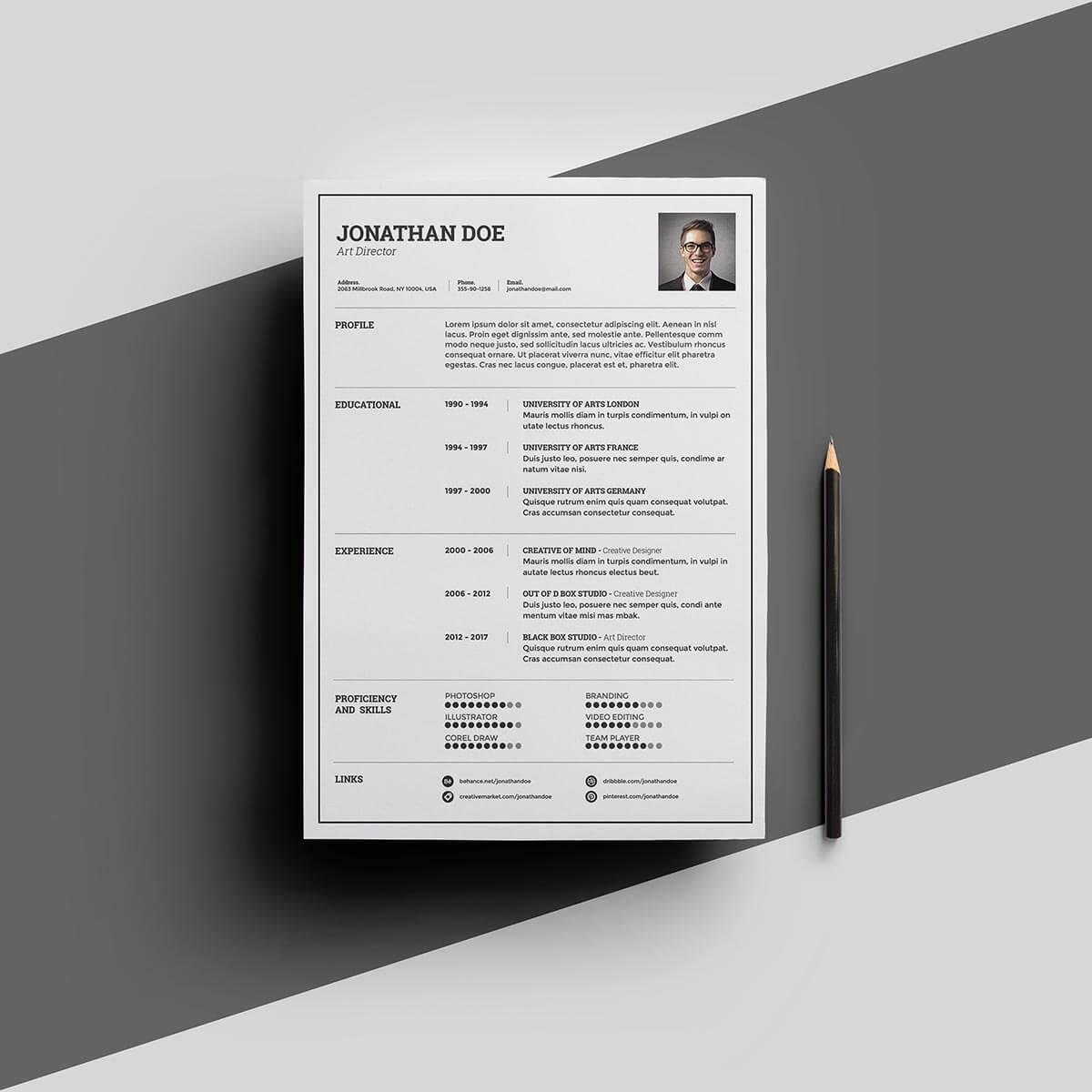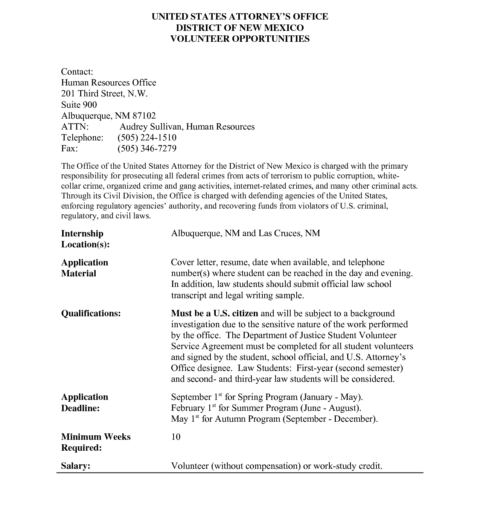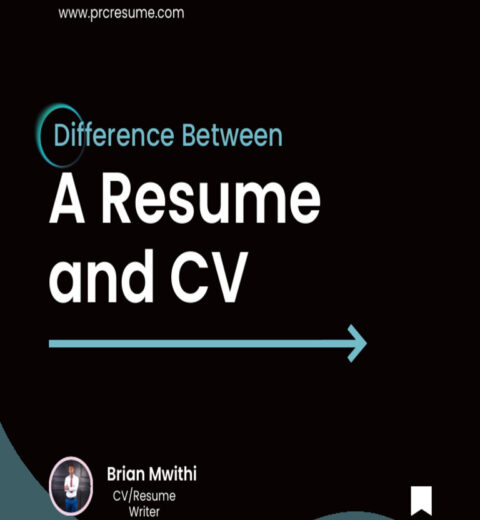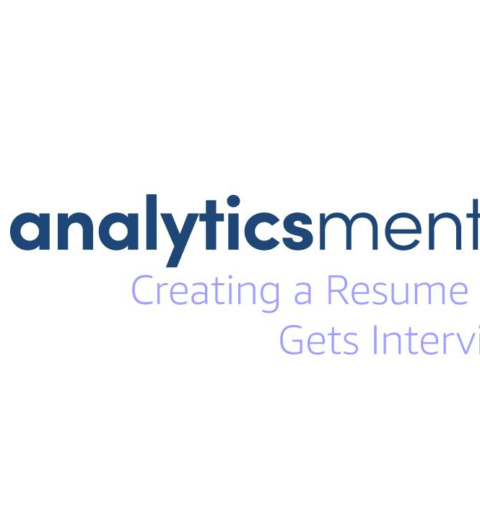The length of a resume has been a topic of considerable debate among job seekers and hiring managers alike. As we look to 2025, the norms surrounding resume length are poised to evolve further, influenced by various factors including industry trends, technological advancements, and shifting expectations of employers. This guide will navigate the multifaceted dimensions of resume length, offering clarity on how long a resume should ideally be and what content readers can anticipate as they craft their professional documents.
In the realm of resume writing, the conventional wisdom has often suggested that a one-page resume suffices for most candidates, particularly those with less than 10 years of experience. However, for seasoned professionals or those in academic or technical fields, a two-page resume may be more appropriate to encompass the breadth of their expertise and accomplishments. As we approach 2025, this binary perspective on resume length is evolving into a more nuanced discussion that reflects the diverse needs of various industries.
The shift in focus is largely propelled by the increasing adoption of applicant tracking systems (ATS), which sift through resumes based on keywords and phrases. Aiming for a balanced length that allows candidates to showcase their qualifications without overwhelming the reader is essential. The optimal length is not a one-size-fits-all measure but rather a strategic decision based on individual circumstances.
When considering resume length in 2025, it’s important to consider the following factors:
1. Industry Norms
Different industries have varying expectations regarding resume length. For instance, creative fields such as graphic design or marketing may embrace a more visually engaging, multi-page format that highlights portfolios and projects. Conversely, industries such as finance and law often prefer concise, straightforward documents where information is presented succinctly. Tailoring resume length to align with industry norms is crucial for making a positive impression.
2. Level of Experience
Experience plays a pivotal role in determining resume length. For entry-level candidates, a one-page resume suffices to present educational qualifications, internships, and relevant skills. However, as professionals accumulate experience, a two-page resume becomes more acceptable, allowing for a more comprehensive portrayal of professional achievements, skills, and certifications. By 2025, the expectation may further shift, with professionals in specialized roles potentially opting for longer resumes that encapsulate project involvements and detailed outcomes.
3. The Importance of Relevance
In the modern job market, relevance is paramount. Candidates are urged to curate their resumes, ensuring that every line contributes to the narrative of their qualifications. As far back as 2025, hiring managers will likely continue to favor resumes that demonstrate a tailored approach, where extraneous information is omitted in favor of relevant experiences that align closely with the job description. Such precision can lead to a shorter yet more impactful resume.
4. Incorporating Technology
The integration of technology in job applications is an undeniable trend that will shape the future of resumes. As video resumes and digital portfolios become more prevalent, aspirants may find themselves at a crossroads—whether to maintain a traditional text-based format or adapt to new modalities. Even as these formats evolve, the principle of succinctness remains relevant. In 2025, candidates may need to create a core, concise resume while also having supplementary digital content readily available for hiring managers seeking more information.
5. The Role of Soft Skills and Keywords
Amidst the criteria for evaluation, soft skills and the use of relevant keywords have risen in prominence over the years. Hiring managers increasingly seek candidates who can demonstrate interpersonal skills, adaptability, and problem-solving abilities. As one prepares for the resume of the future, integrating keywords that resonate with both the role and company values can improve visibility in increasingly competitive landscapes. The balance between soft and hard skills will also dictate the narrative that unfolds in the resume, ultimately affecting its length.
6. Formatting Considerations
The potential for different formatting styles also signifies that resume length is not merely a numerical value; it can encompass visually appealing layouts that promote readability. The introduction of infographics and minimalist design principles might lead candidates to present their qualifications more strategically, compressing information into digestible bullet points that maintain the reader’s engagement. In this context, the visual presentation can matter as much as the content itself.
7. Final Thoughts
Ultimately, a well-structured resume transcends mere length. It is an encapsulation of one’s professional journey, distilled into a format that highlights competencies and contributions. As we approach 2025, adaptability is crucial. Candidates should be prepared to revise their resumes in accordance with ongoing industry shifts, individual career trajectories, and advancements in technology.
Continual reflection on one’s professional accomplishments, along with a commitment to present them in a relevant and engaging manner, will ensure that candidates are not only meeting but exceeding contemporary expectations. The goal is to convey a narrative that resonates with potential employers while remaining appropriate in length—striking a careful balance between comprehensive and concise. Therefore, as you prepare for the professional landscape of 2025, consider how best to communicate your qualifications while adhering to the evolving standards of resume length.




